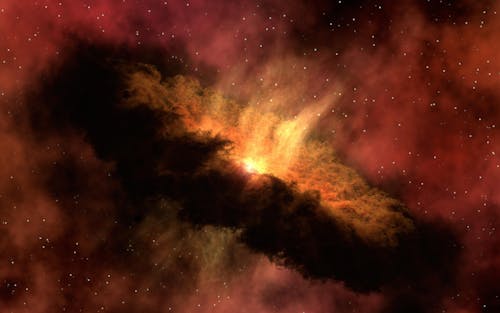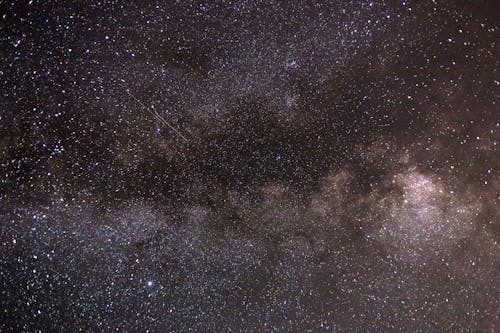Wormholes
Warp drive
Getting from A to B much faster than today is a fundamental requirement for most space adventure stories. Wormholes aside, there are multiple stumbling blocks to achieving this with a conventional spaceship. Fuel usage is enormous, acceleration is crushing, and there is a strict speed limit enforced by the universe. This is the speed at which light travels — precisely one light-year per year, which in a cosmic context isn't very fast at all. 4.2 light-years from Earth lies Proxima Centauri, the second-closest star, while 27,000 light-years separate the galaxy's center.
It only dictates the maximum speed we can travel through space. Fortunately, there is a loophole in the cosmic speed limit. As Einstein explained, space itself can be distorted, so perhaps it's possible to manipulate the space around a ship in such a way as to subvert the speed limit. Space itself would be moving faster than light, but the spaceship would still travel slower than light through the space around it.
As early as the 1960s, the "Star Trek" writers envisioned a warp drive that could quickly travel over vast distances. But to them it was just a plausible-sounding phrase, not real physics. In 1994, Live Science's sister site, Space.com, reported that Miguel Alcubierre found a solution to Einstein's equations that produced a real warp drive effect, which shrinks space in front of a spaceship and expands it to the rear. Alcubierre's and Thorne's solutions were no less contrived at first, but scientists are currently working to refine them in hopes that they might one day be practical.


Comments
Post a Comment